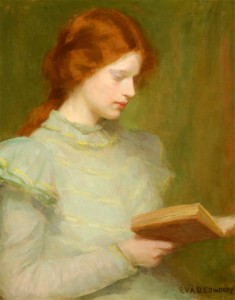“Born in a home women” is the second novel by Cetta De Luca , available in many libraries throughout Italy. In Erudite www.lerudita.com site, you will find the list.
This home is a place for women that propagates in space, it collects private moments and public events, where no occurrence is left in oblivion.
Is a home that retains the attempts to communicate more and more intense, driving the growth of a Republic. And the women of this home grow from alleged uncertainties tired roles.
The apparent weaknesses constitute a compelling and innate ability to preserve, learn, test and liberate more and more intense emotions and hopes for a common future. A continuous and incessant building as possible, where children and parents learn together with the love of life and gives it to new tenants.
To see the Booktrailer click HERE






